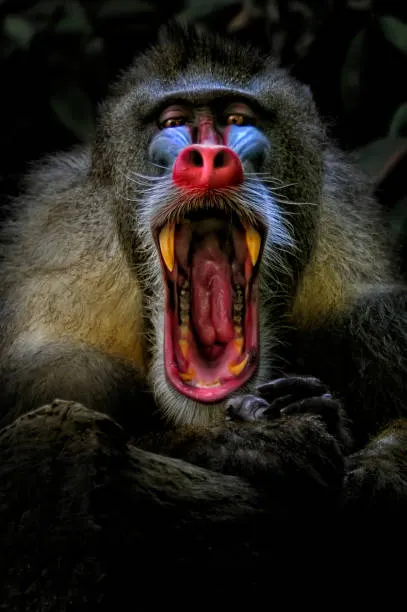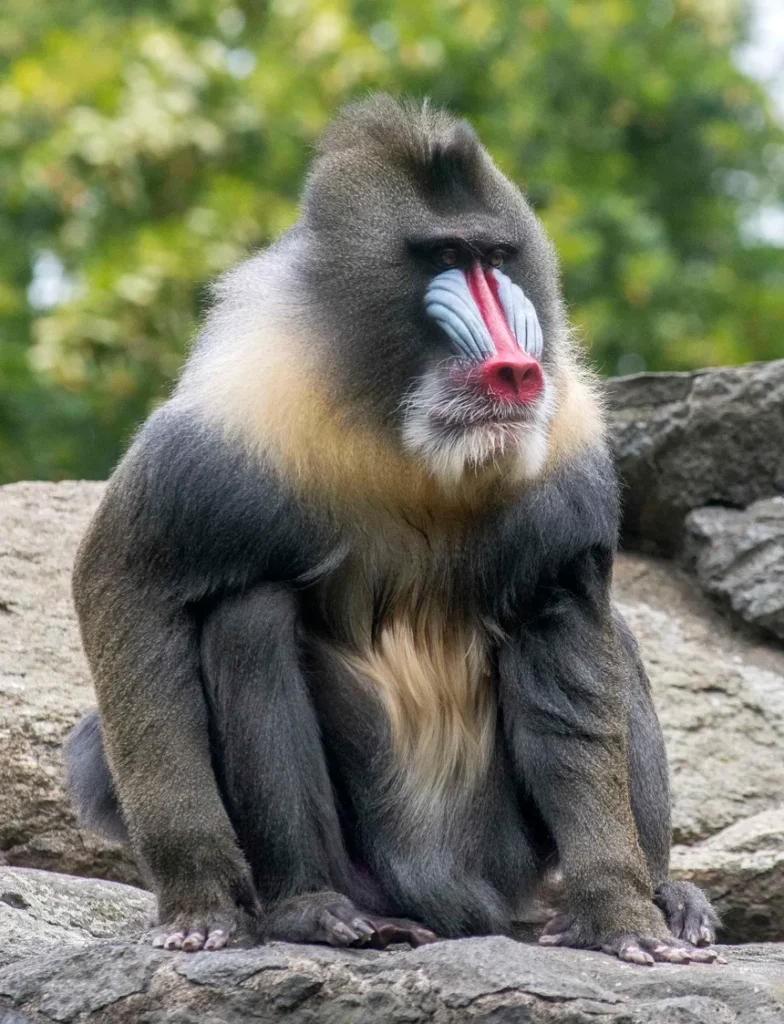“The Most Dangerous Monkey”

Monkeys are often seen as playful and curious creatures, but some species can be surprisingly aggressive and dangerous to humans and other animals. Understanding which monkeys pose the greatest risks—and why—helps us appreciate their behavior and avoid potential conflicts.
So, which monkey is the most dangerous? The answer involves several candidates based on aggression, strength, and behavior.
1. The Baboon: Africa’s Fierce Fighter
Baboons, especially the chacma baboon (Papio ursinus) and the olive baboon (Papio anubis), are widely regarded as some of the most aggressive monkeys. They have:
- Large, powerful jaws with sharp canine teeth
- Strong social hierarchies leading to territorial disputes
- A willingness to attack humans who enter their space
Baboons have been known to cause serious injuries and even fatalities, particularly where humans encroach on their habitat or feed them.
2. The Mandrill: The Colorful but Fearsome Giant
Mandrills (Mandrillus sphinx) are the largest monkeys, known for their bright blue and red facial coloration. Despite their striking appearance, mandrills are strong and can be very territorial and aggressive when threatened. Their strong jaws and teeth make their bite dangerous, especially during fights for dominance.
3. The Macaque: A Global Troublemaker
Several species of macaques, such as the rhesus macaque and long-tailed macaque, are notorious for:
- Aggressiveness in urban and rural areas
- Biting incidents involving humans, sometimes spreading diseases like herpes B virus
- Stealing food and property from people, sometimes provoking defensive attacks
Macaques thrive near humans and can become bold and dangerous.
4. The Howler Monkey: Loud but Also Territorial
Howler monkeys are famous for their deafening calls, but they can also be highly territorial and aggressive, particularly during mating season. While not typically lethal, they will use their strength and sharp teeth to defend their territory fiercely.
5. Aggression Factors: Why Are Some Monkeys Dangerous?
Several reasons explain why certain monkeys behave aggressively:
- Territorial defense: Protecting food, mates, or young from intruders
- Social hierarchy: Competition within troops can lead to violent encounters
- Human interaction: Feeding or provoking monkeys can increase aggression
- Disease transmission: Bites can spread serious illnesses to humans
6. Handling Monkey Danger: Tips for Safety
- Never feed wild monkeys or approach them closely
- Avoid sudden movements or eye contact, which can be seen as threats
- Secure food and belongings when in monkey habitats
- Respect their space and observe from a safe distance

Conclusion: Respect, Caution, and Coexistence
While monkeys are fascinating and intelligent creatures, some species have the potential to be dangerous when threatened or habituated to humans. Among them, baboons and mandrills are often considered the most dangerous due to their size, strength, and aggression.
Understanding their behavior and respecting their boundaries is essential for safe and positive coexistence.



